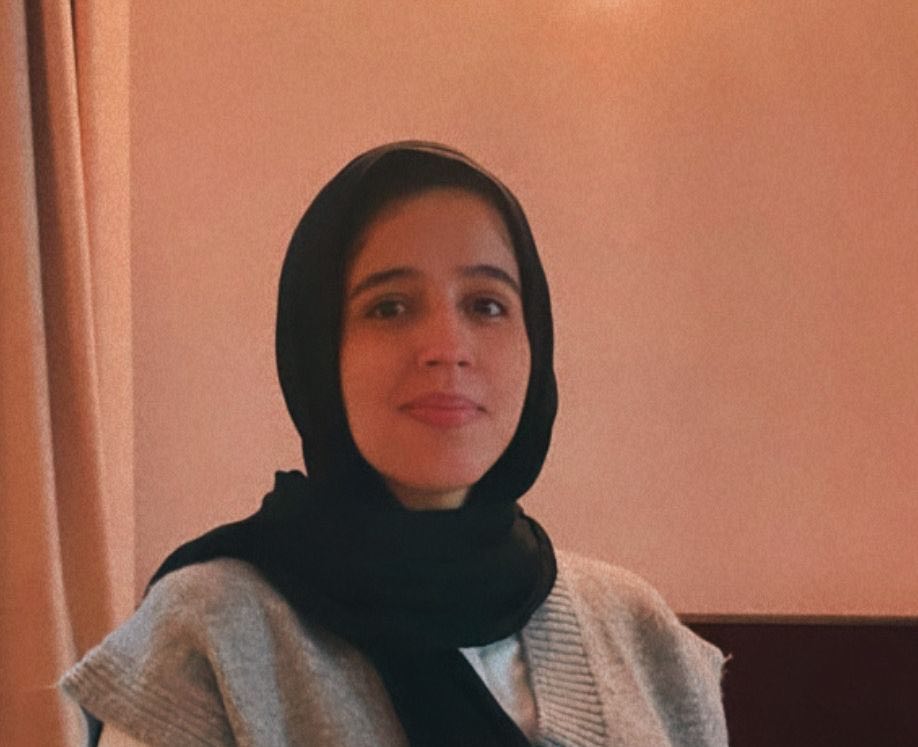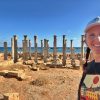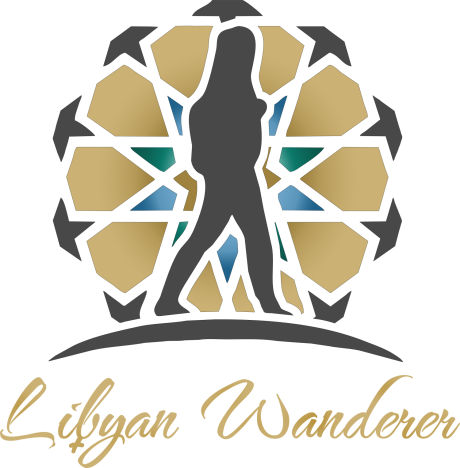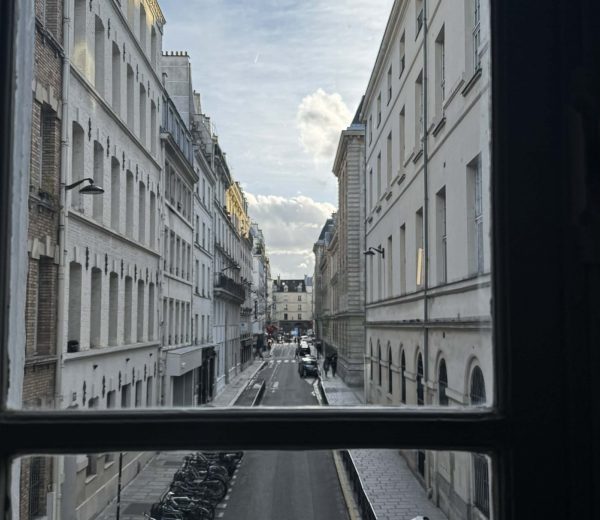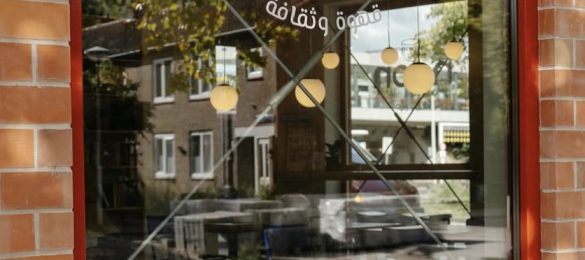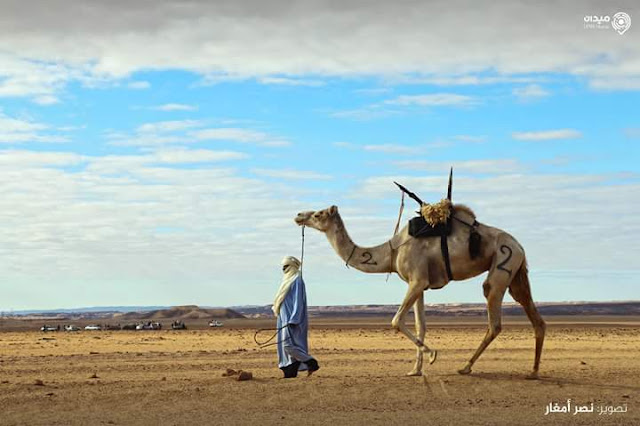Libya is one of the most diverse countries in the region. It is rich in tradition and culture, which makes it unique and different. In Ramadan, each city has its practices to celebrate the holy month with their loved ones. Regardless of the modern age we live in. Many still preserve the heritage left for them by their ancestors for years.
As a Libyan, I am not fully informed of the Libyan traditions, especially in the south. So, I reached out to a journalist, Aziz Alhashi from Ghat, for more information. Aziz has been highlighting the area on his Twitter account to let the world acknowledge the beauty it holds. Ghat is located in the southwestern of the Fezzan region. It has a hot climate, but it has been an attraction for tourism; the numbers decreased drastically after the revolution in 2011.
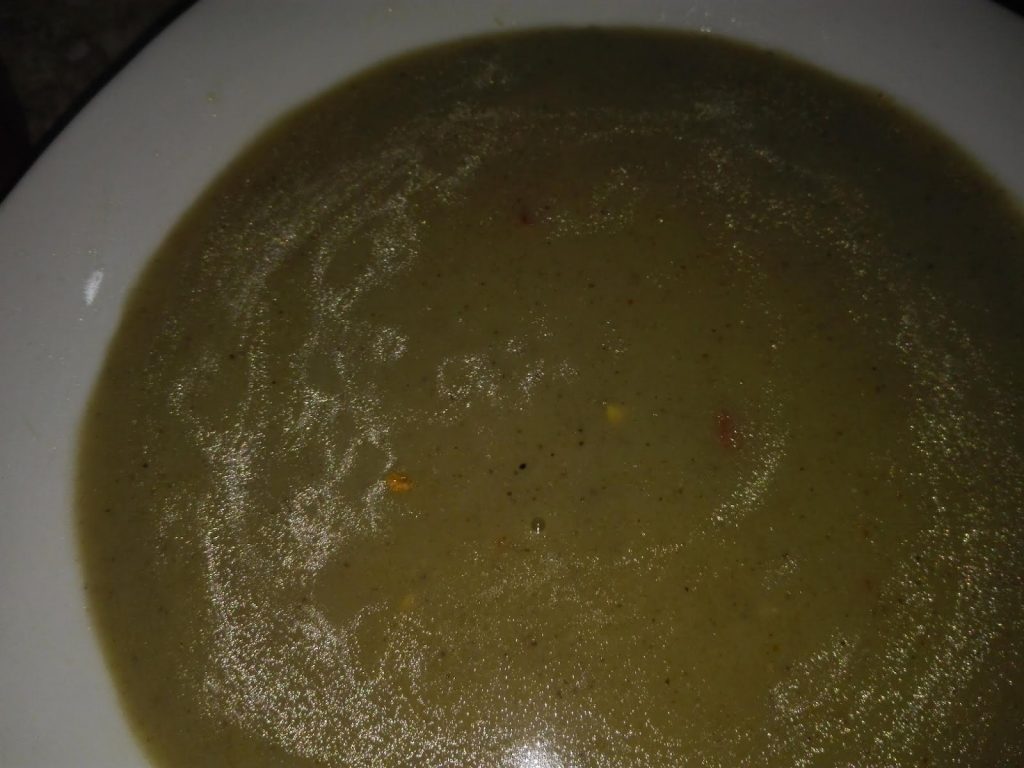
Details of Practices During the Holy Month
In addition to the simple lifestyle there, people still practice the same traditions for decades. The holy month of Ramadan is no exception! Iftar does not exceed dates, milk, and a particular juice made of dates (Called Lukku) for all Tuwarig of Ghat. The main course consists of grains soup. It is called Al-Alliwa in the native language. It is made out of grounded grains mixed up with hot water until it thickens up. Dried meat is added, such as dear or Barbary sheep if available. It is considered an essential component at Iftar due to its high nutritional value.
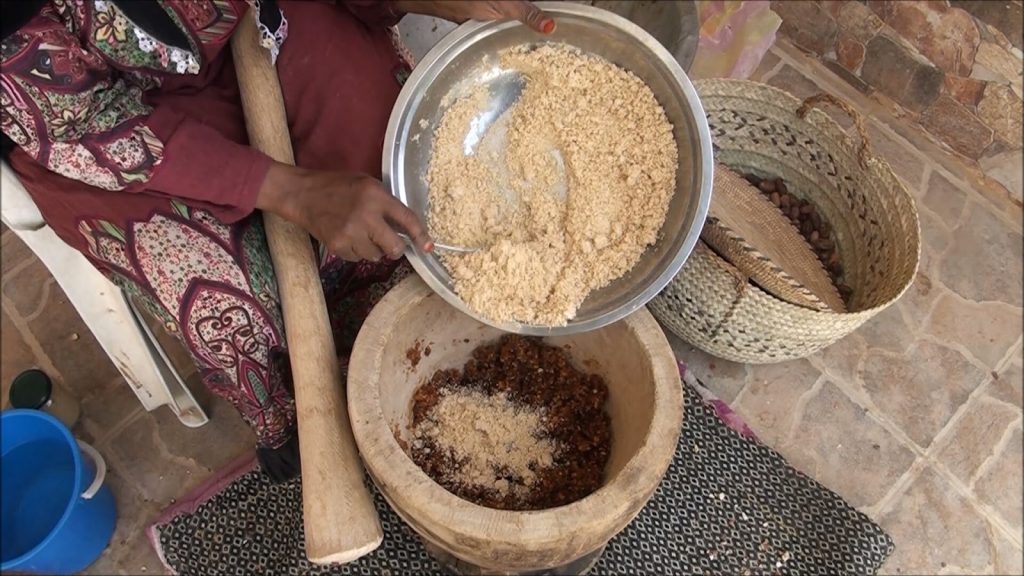
Traditional Food
One of the highlights during Ramadan is making a dish called Tarkeet; a date paste made uniquely. First, the dry date is cleaned up and smashed using a specific instrument, Twarig, called Tindi. Second, the mixture is sifted and then soaked up in the water. It is mixed up with a variety of unique spices like ginger and other local herbs grown in the desert. After that, cheese is added, and people make this type of cheese from the Saharan desert. Lastly, when the dough mix is thoroughly combined; it is wrapped up into a cylinder or circle shape. Then covered with a powdered cane to keep it for a long time. It can be either eaten or consumed as a drink. However, people in Ghat are used to drinking it by melting it in cold water; in this case, it is called date Juice, “lukku” in the native language.
Children Learn Plenty During Ramadan
People’s lifestyle doesn’t change much during Ramadan. Nevertheless, mosques, in particular, play a significant role in raising awareness and educating lessons. For example, Quran recitation, lectures, educational circles, and so. However, women mostly take care of the house, Iftar, and Suhour preparations daily throughout the month. It is a daunting task and it takes an extended period.

Children in Ghat have a wonderful tradition on the 15th of Ramadan. T-shicken-da-bou is a tradition founded in the 19th century. Children go out knocking on doors. They repeat lines about the importance of giving and helping those in need while drumming on old steel pots. People give money to those kids, and they, in return, give it to those in need. It’s such an inspiring act for other people. Especially in Ramadan, the month of kindness and forgiveness, it teaches kids to give back and help others.
Please note that this article was previously published on my first blog on Blogger in 2018.
